Saying that 2012 has been an interesting year for me is an understatement. After having been running Art galleries for 10 years, I decided to give up and to become a full-time artist. Not an easy decision.
When I wanted to become an artist by 2000, it was almost impossible to get a show where I lived. There was only one gallery. I was frustrated by the lack of exposure and made my thoughts known. Someone said to me: "if no one gives you an opportunity, you make your own opportunity". That it is what I did. Stop whinging and do something about it. I knew no artists and a one-artist-group did not sound like a good idea. What do you do? You go to the Yellow Pages (it was 2000), and look for artists. There was a name that resonated: Zoe. She had exhibited in the main cafe like me and a friend of mine had bought one of her paintings. That was a sign.
I called her out of the blue and she agreed to meet and, afterwards, to go ahead. Now, we were two. She new another artist, Mandy, and we become three. The group was up and running; the space still lacking. Luckily, Zoe was the It girl with all of the contacts, attended a party that weekend, spoke to her friends and a week later we already had a space. One show led to another. When I got a solo show at the local museum, I had reached the ceiling. It was time to move to London. Although unpaid, my experience of running PopUp Galleries proved to be invaluable. I applied for a director position in a gallery in NW London and was offered the job the next day. Full of excitement and ideas moved to the big city. 30 shows a year, marketing campaigns, openings, being treated nicely as soon as people knew what you did and great contacts were some of the perks and challenges that came with the role.
I was happy to give exposure to artists that I believed in, invite curators with great potential (many of them now holding great positions thanks to the managerial experience), get funding for projects that benefited the local community. One example was one in which we train people to document the High Street. Another project I was able to do in my spare time as an independent curator was: TESTIMONIES. It was in collaboration with the BBC and was selected by the LOCOG as one of the top ten projects in London ending in a show at the City Hall in May 2012.
Before that, the Arts had already been affected by the crisis. The talented arts officers from the local council had left to do exciting things. Other directors from local organisations pursued other projects. The Management Committee changed of attitude. There was nothing I could recognise of the happy times. Lots of misery instead. Also, there was a crave to create, to experiment and to make. I felt deep inside me that taking the plunge was the right decision.
Chunks of oil paint on rusted metal, minimalist drawings and deconstructing old masterpieces are a hard sell. And you go from being the centre of attention to total isolation in your studio rather quickly. A bit of a challenge, I may say. Money comes and go. Illusions remain. I was then selected for The Other Art Fair in Marylebone, London. 90 artists out of 500 applicants. I knew I was in the right direction. The Fair went very well; sold several pieces, three commissions for portraits and two galleries are interested in representing me. The feedback was very encouraging.
What does the future hold? Well, I already have three exhibitions lined up in London, one in Shanghai and a possible residency in East Asia. Not bad.